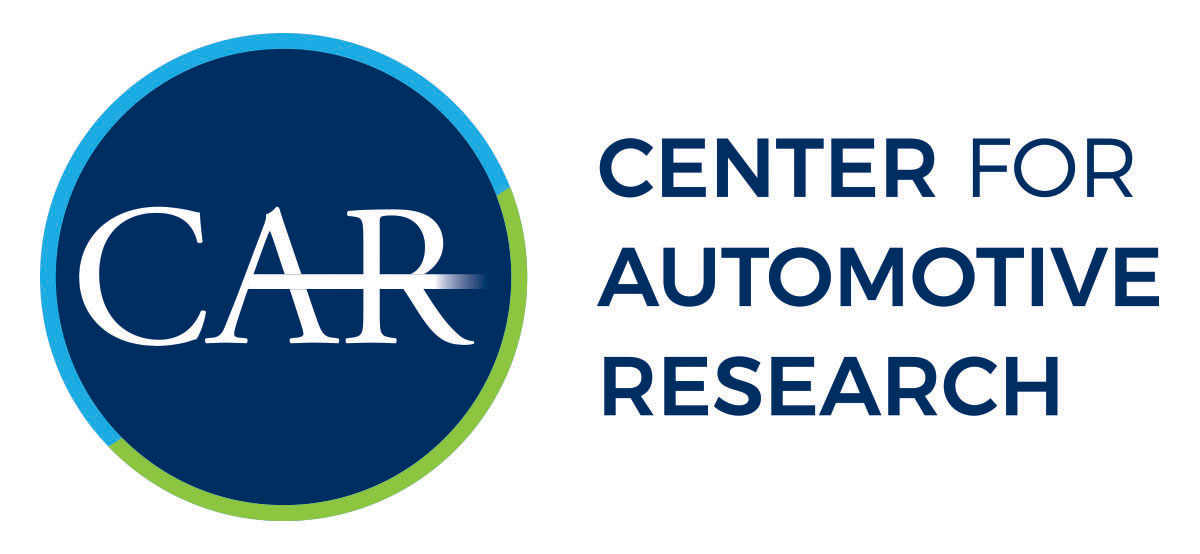The U.S. Automotive Market and Industry in 2025
Download NowFull Description:
On May 19, 2009, President Obama announced a new national fuel economy program requiring an average fuel economy standard of 35.5 miles per gallon for new light vehicles sales by 2016. The plan overruled the Energy Independence and Security Act which was signed into law in December 2007 and increases the new fuel economy standard four years sooner than previously planned. On May 21, 2010 the President directed two government agencies, the U.S. Environmental Protection Agency (EPA) and the National Highway Traffic Safety Administration of the U.S. Department of Transportation (NHTSA), to start planning new fuel economy standard or levels of green house gas (GHG) emissions for 2017-2025. On October 1, 2010, these two agencies took the first step by announcing their initial assessment, or Notice of Intent (NOI), for stringent standards for model year 2017-2025 vehicles. In a joint document, the Interim Joint Technical Assessment Report (TAR), the California Air Resources Board (CARB) and EPA/NHTSA proposed four GHG emission reduction scenarios: 3, 4, 5, and 6 percent per year from the currently mandated 2016 level, representing four technology “scenarios” each with a separate level of cost per vehicle. The most extreme scenario (6 percent reduction per year) calls for a fuel economy mandate average of 62 mpg by 2025. Technology costs to the consumer are estimated for these scenarios through 2025 but no explicit discussions of the potential impacts of these estimates on U.S. motor vehicle demand, production, or employment were offered.1
This study conducted by the Center for Automotive Research (CAR) estimates the likely parameters of the U.S. motor vehicle market and industry in 2025. The first section discusses a general outlook for the U.S. motor vehicle market in the year 2025 based on long term social and economic factors. The second section of this study discusses the likely costs of higher fuel economy mandates to the American consumer of new light vehicles in 2025, in light of what is known by CAR regarding the potential for realistic technologies and their likely net costs to the consumer. This section also proposes four likely scenarios for fuel economy standards by 2025 (compared to 2009) and the types of fuel economy technologies that will be employed to meet those standards. The third section of this study analyzes how the impact of higher fuel economy costs, and likely costs of other federal mandates such as required safety features, will affect the U.S. motor vehicle market, production, and automotive manufacturing employment in the year 2025.
Download Now